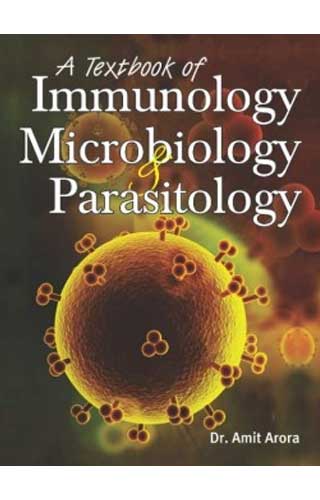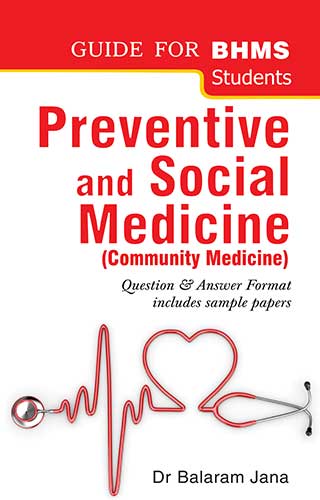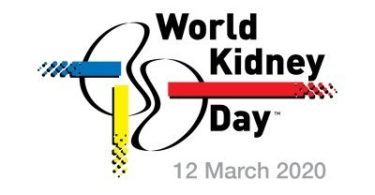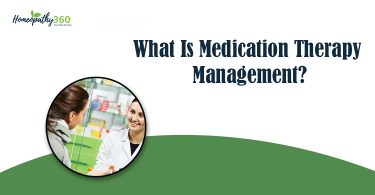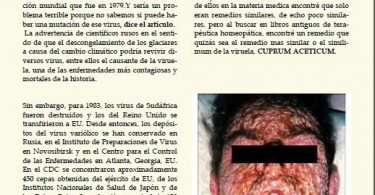Dengue is a most common “Mandatory Notifiable”, re-emerging global health concern. It is caused due to a virus , named ‘flavivirus’ ( group B arbovirus) .Flavivirus has four genotypes – DEN1, DEN2, DEN3, DEN4.
Epidemics are generally caused by the DEN2 variant.
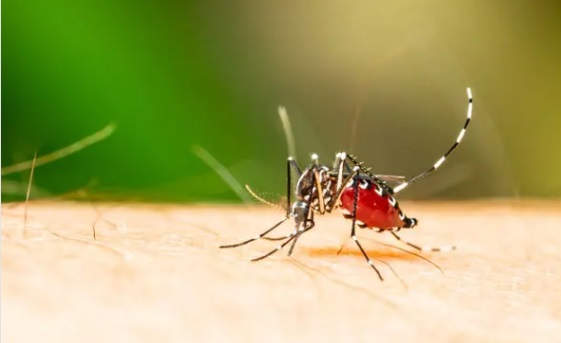
The virus causes a varying range of symptoms, ranging from mild, non specific viral syndrome to fatal, haemorrhagic diseases.
In India :- there are a total 31 states and UT endemic of dengue covering a population of about 1200 million at risk. The disease is spreading with speed to newer geographical areas.
The virus “flavivirus” was first discovered by Sabin, in 1945. He isolated the virus from the ill soldiers.
Immunity :- a person acquires immunity against a particular variant of flavivirus after its first encounter. That means, a person can have a maximum of dengue episodes in his life, after which he becomes immune to all variants of flavivirus.
Reservoir :- infected HUMAN
Incubation period :- 4-7 days
Transmission :- through VECTOR, i.e, bite of an infected female mosquito – Aedes aegypti, less often through Aedes albopictus. The mosquito becomes infected after biting an infected human. Infected mosquitoes can infect healthy humans after 8-10 days of being infected. Once a mosquito becomes infected it remains infected for his whole life. Vertical transmission occurs in mosquitoes, due to which the virus keeps transferred from generation to generation of an infected female Aedes mosquito.
Season favoured :- peak incidence is observed from mid- August to November
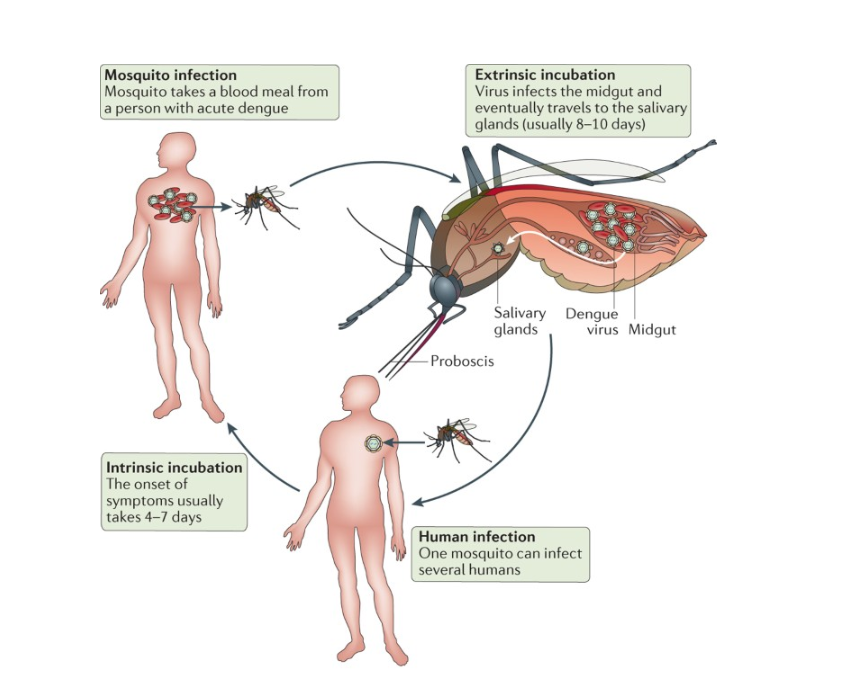
Factors favouring DENGUE :-
- Poor public health facilities.
- Poor waste management, especially solid waste including plastic cups, containers, etc., favouring mosquito breeding.
- Lack of mosquito control measures.
- Migration of people across the country and states.
- Lack of awareness among mass and unhygienic practices.
Clinical features :-
- High fever, with Chills (102 – 104oF )
- Headache.
- Rash, typically begins on Day 3 and persists 2-3 days
- Arthralgia, myalgia
- Retro orbital pains
- Swollen glands.
- Nausea.
- Vomiting.
Lab surveillance :- the government of India recommends use of ELISA based “antigen detection test – NS1” for diagnosing cases from first day onwards to 5th day of onset of fever and antibody detection test – IgM capture ELISA for diagnosing after 5th day of onset of symptom for confirmation of dengue.
Management of dengue :-
- Management of patient with dengue – along with therapeutic intervention, supportive care is also required to combat blood volume loss in haemorrhagic cases. Regular check on complete blood count is must for early management.
- Vector management – covering bins, open sewage; weekly changing water of coolers, flower pots, etc, where water may stagnate and allow mosquito breeding.
- Personal protection by wearing full sleeves clothes, using mosquito nests, repellents, insecticides, etc.
{ Reference – Textbook of Community Medicine, by Sunder Lal, Adarsh, Pankaj, Find this book here – https://www.bjainbooks.com/inr/product-detail/textbook-of-community-medicine }
1. Textbook Of Immunology, Microbiology And Parasitology by Dr. Amit Arora
Bacterial, Viral and Parasitic diseases play a considerable role in causing diseases and immunology helps us in understanding that how the body reacts to these foreign agents affecting on it.
This book is a compilation of Immunology, bacteriology, virology, parasitology and mycology. The author has tried to make this book simple in reading for the students so that they could easily understand the concepts. To make the learning easier, well labelled diagrams and tables have been furnished at appropriate places. Newly emerging virus, Ebola virus has been included in the book. At the end of the book, frequently asked questions from various BHMS, nursing and MBBS exams have been included.
The book is divided in into different sections:
1. Immunology: In this section I have tried to explain every aspect of immunology in a simple manner which is easy to understand. This section covers the defense mechanism of body, various agents that affect the body and cause diseases, various reactions that take place between affecting agents and immune system of body and immunological tests that help us to diagnose the bacterial, viral and parasitic diseases.
2. Bacteriology and virology: This part covers the general features of bacteria and viruses, how they can be grown in laboratories. There the chapters on specific bacteria and virus, their culture methods, lab investigations, diseases caused by them and their treatment.
3. Parasitology: This section covers the various parasites, how they enter and grow in body and cause diseases, lab investigations to diagnose and their treatment.
4. Mycology: This section consists of various fungi that cause infections in humans.
2. Community Medicine: Preventive & Social Medicine (Q And A), by Balaram Jana
A Comprehensive, unique books written on model question papers of important universities, boards and councils, catering to the needs of the medical and paramedical students preparing to appear to for their medical examination with maximum coverage of the topics, in a concise manner.
This textbook is specifically designed for homeopathic students with a special reader friendly format, according to the prescribed syllabus.
The first of its kind for BHMS students the Guide to Preventive and Social Medicine includes:
- Up-to-date statistics and data on all aspects of community health and medicine
- Separate chapters on epidemiology, biostatistics, demography, family planning and nutrition
- Detailed description of communicable diseases with their homeopathic management
- Relevant information about latest technological developments
- All the information as prescribed by CCH
- Special Question and Answer format for quick revision
- Latest charts and reference tables
It is invaluable for understanding the subject and indispensable for last minute revision!
Searching Tags: Dengue Treatment Books, Books for Dengue Fever Prevention, Books for Dengue Fever Prevention and Control, Handbook on Prevention and Control of Dengue, Suggested Books for How to Prevent Dengue Fever


